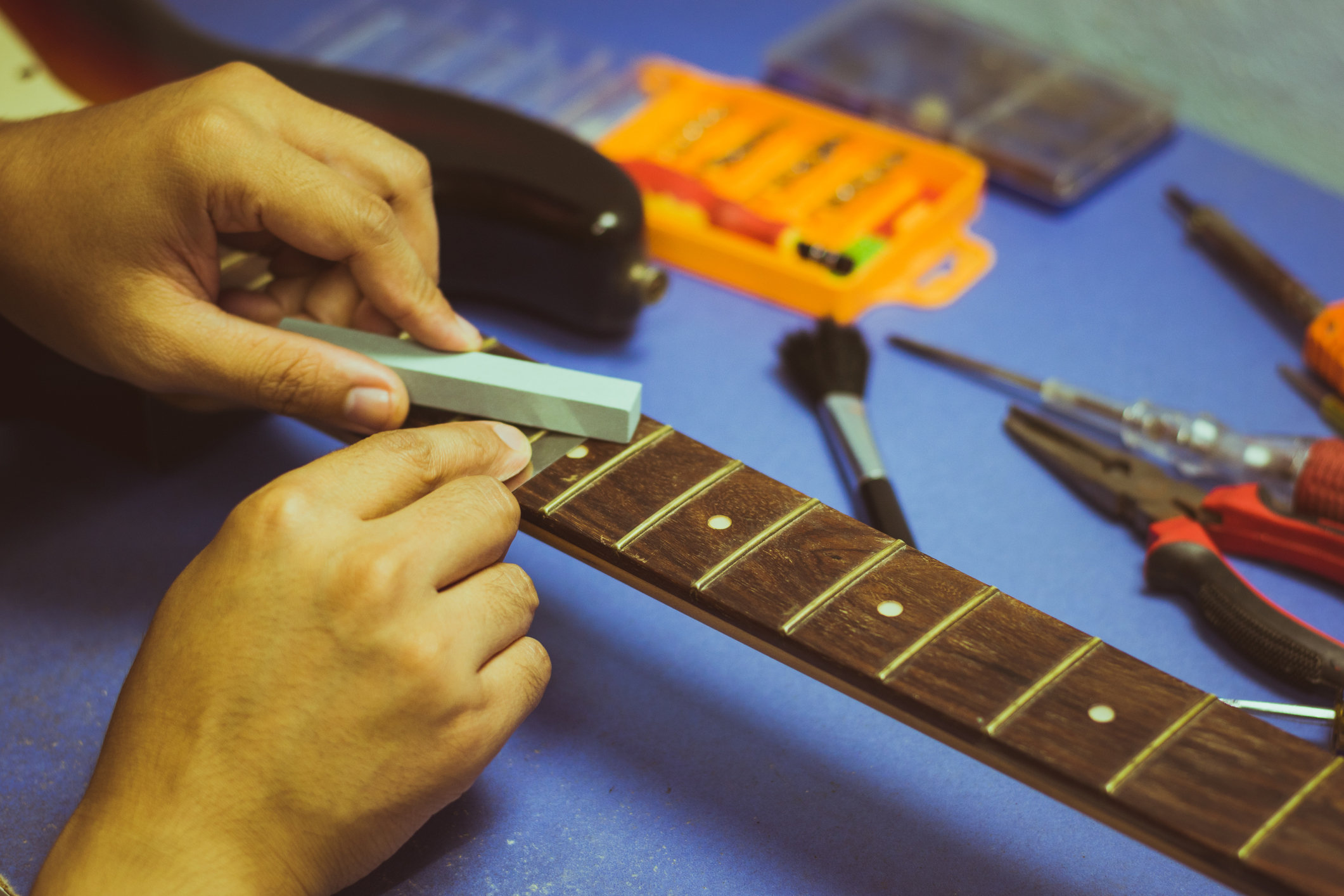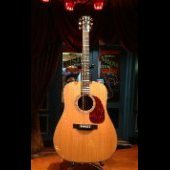-
Posts
49 -
Joined
-
Last visited
-
Days Won
2
Greg Voros last won the day on January 17 2019
Greg Voros had the most liked content!
Reputation
40 ExcellentRecent Profile Visitors
The recent visitors block is disabled and is not being shown to other users.
-
Nice job! Respect, --GV
-
Curious to hear if this issue has found a fix? I would guess its a high fret.. -GV
-
Nylon strings get replaced less frequently than bass strings.. And for most bass players - that's saying a lot. I would say depending on how the strings are cared for, I would say twice a year is probably fine. The stretching process takes far too long to replace them more often. Wipe down the strings after each time its played and that will help with the string life. -Greg
-

Fretwire LP Guitar Build Thread
Greg Voros replied to Old Guy's topic in Guitar Care, Repair & Building
Is the Paul completed? -GV -
The action at the nut is relative to the fret height. A generic measurement will not cut it. Hold down each string at the 3rd fret and tap over the first fret. If you have any clearance or gap between the string and the fret, you are good, if you have no gap that would mean the slot is too low and you will likely buzz when the string is played open. There could be a big difference in fret height from guitar to guitar as there are dozens of varying height fret-wire available for luthiers to use; therefore, to make a claim to set it at a certain height as a blanket statement is just inaccurate - when measuring from the board to check nut height. I made mention of this this because some folks do in-fact do it this way. As I read through the notes above I just realized that oldjock made mention of taking that measurement from the first fret. Got it! That can be made to work. However, you can dial it in more precisely than that. I left my commentary in the first paragraph for the sake of making sense. Rock on! I hope this was of help, Greg Voros
-
This is all with the understanding that the neck relief is set to being almost perfectly straight. -GV
-
Classical instrument action height for standard spec is - with the first fret held down (to bypass the nut), measure the gap between the fret and the string at the twelfth fret. The measurement at the high E should be between 5/64ths and 3/32nds and the low E should be between 7/64ths and 2/16ths respectively. To have a classical at standard acoustic spec is high E, 1/16th and Low E 3/32nds. This would be considered low action for a classical and standard for an acoustic flat top guitar. -Greg Voros
-
Different material saddles offer different sounds and over all tone. It really has to do with what makes your guitar sound better considering that guitars can be naturally bright, muddy and everything in between. For most its bone, for some its a high end synthetic material and believe it or not, some tend to sound more balanced with a cheapo plastic nut. -Greg
-

Fretwire LP Guitar Build Thread
Greg Voros replied to Old Guy's topic in Guitar Care, Repair & Building
Great looking top! The curl is nice and deep; good work with the finish so far. -Greg -

Possible to cut a new nut.
Greg Voros replied to joelhunnicutt's topic in Guitar Care, Repair & Building
Good call with having a tech make a new nut. The pre fabricated after-market nuts never truly fit just right. There is no substitution to a person making one to fit the instrument and spacing it properly. -Greg -
Hey folks, This is kind of like asking your mechanic - I hear a funny noise coming from the under the hood, would that be a major repair job? Yes, no, maybe - I don't think anyone can or should answer that question, or answer it accurately at least. With that said, I'm always happy help date, price or evaluate an instrument. You can reach me at Greg@gruhn.com for a pretty quick reply. A few pics help tremendously as well. All my best, Greg Voros
-
In a nutshell, not very much if any.. The saddle material of an acoustic box has the greatest impact on its immediate sound. Truth be told, the bridge pin can be removed if the ball end tucks properly to the bridge-plate - meaning, if you look on the inside with a mirror and the ball is firmly anchored to the plate, you can pull the pin to judge for yourself if there is a difference. -Greg
-

Building: Neck Geometry Over Bridge
Greg Voros replied to Kbore's topic in Guitar Care, Repair & Building
John, I'm curious to see your project. Shoot me a few pics if ya don't mind. Greg@gruhn.com -G -

Fretboard Oil Discussion
Greg Voros replied to Plantsman13's topic in Guitar Care, Repair & Building
Most of the fingerboard products on the market today will do a great job. Some woods are more susceptible to cracking from lack of humidity than others. Some like Mr. Well's Taylor will never have issues - I would thing its because he keeps the instrument in a climate controlled area or lives in a part of the country that has relatively mild seasons. I condition the board and bridge area of an acoustic box at every setup, because it just wont hurt to do so. Greg V. -

New Maton guitar top blemis
Greg Voros replied to JayKayWright's topic in Guitar Care, Repair & Building
Hey folks, My 2 cents... I do believe your arm has polished the flat or matte finish. Or maybe not, either way it sounds like your enjoying the instrument an that's the most important thing. The are flattening agents that can be over-sprayed onto the finish to hide it, but that's likely to be undone after a few weeks of play. I would forget the finish and play the guitar. -Greg








